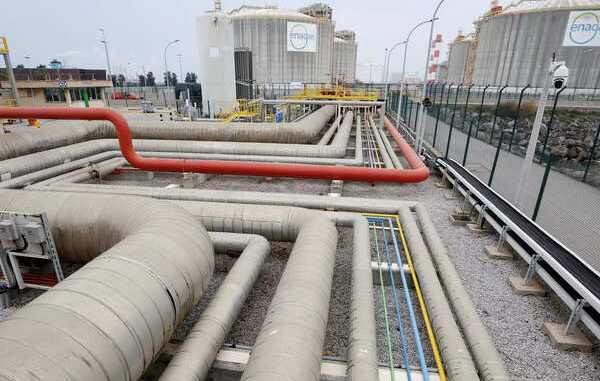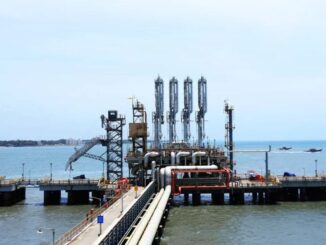
With a growing population of 1.3 billion and rapid urbanisation, India is the third-largest consumer of energy. Currently, 80% of the India’s energy needs are met by coal, oil and solid biomass. Coal largely dominates and accounts for 56% of the total energy mix, maintaining its strong position in power generation and being a fuel of choice for many industries such as iron and steel. Renewables and matural gas take a small share but have started to gain ground. At the same time, India is the third-largest emitter of greenhouse gases, with coal contributing 66% of its CO2 emissions.
India is aiming to reduce its carbon footprint by 1 billion tonnes of emissions by 2030 and achieve net-zero emissions by 2070. To move towards this long-term goal, the current energy mix needs to undergo a major shift – reducing our dependability on coal by over 20% and increasing the shares of renewables such as wind, solar, biofuels & small hydro to 10% and natural gas to 15% in 2030.
GoI has also announced plans to develop an integrated hydrogen economy in the same period. Though the hydrogen market is growing rapidly as the government is actively promoting the use of hydrogen across various industries, it is still in its early stages and requires heavy investments in the future.
It is a long road ahead before India can switch completely to renewable energy and/or electric mobility. As the country moves towards cleaner sources of energy, natural gas, becomes a critical part of India’s transition strategy – the bridge between the current fossil fuel led energy mix to the zero-emission fuel mix in the future. Piped natural gas (PNG) and compressed natural gas (CNG) can be used to reduce the country’s emissions significantly, without compromising on the energy needs.



